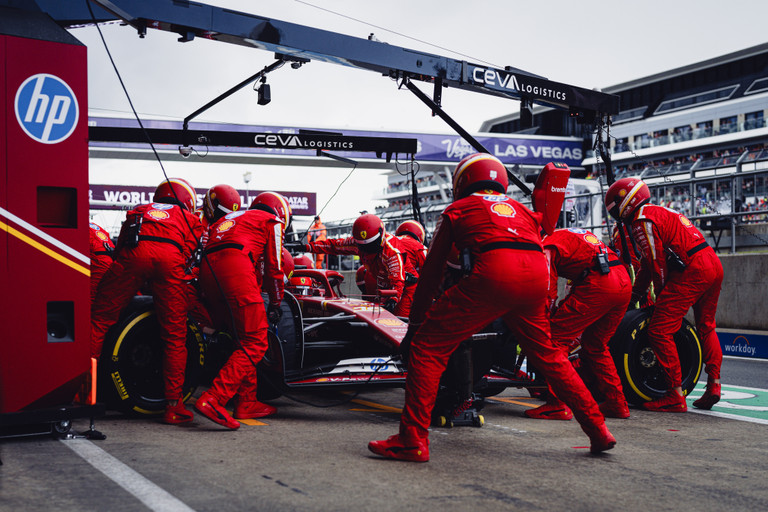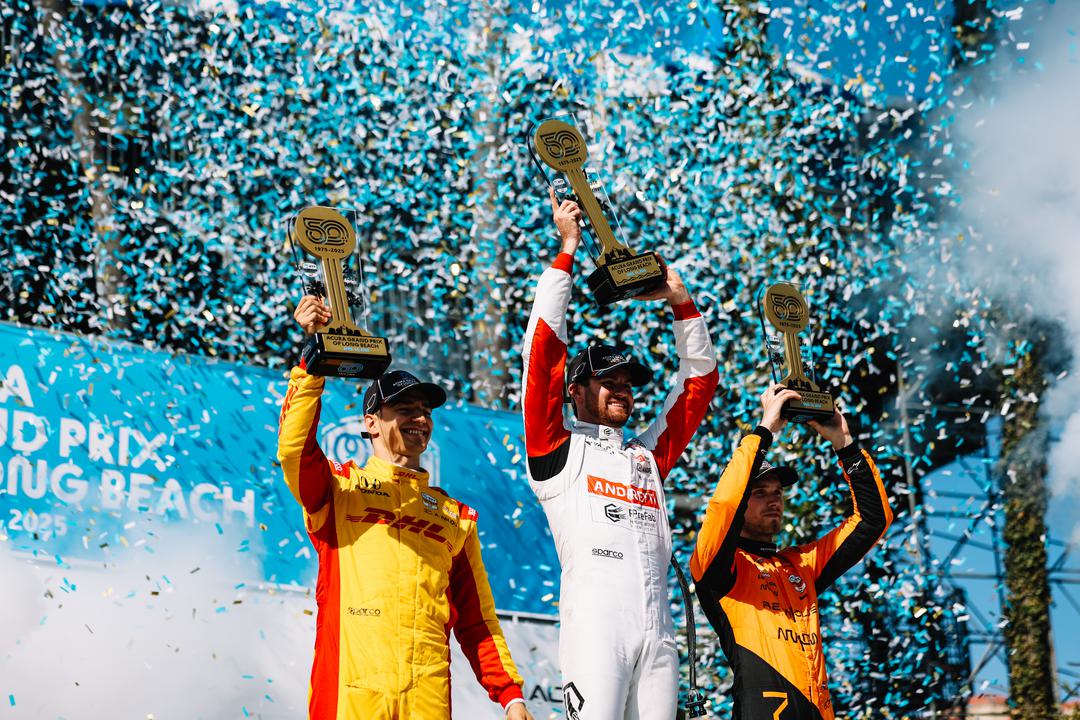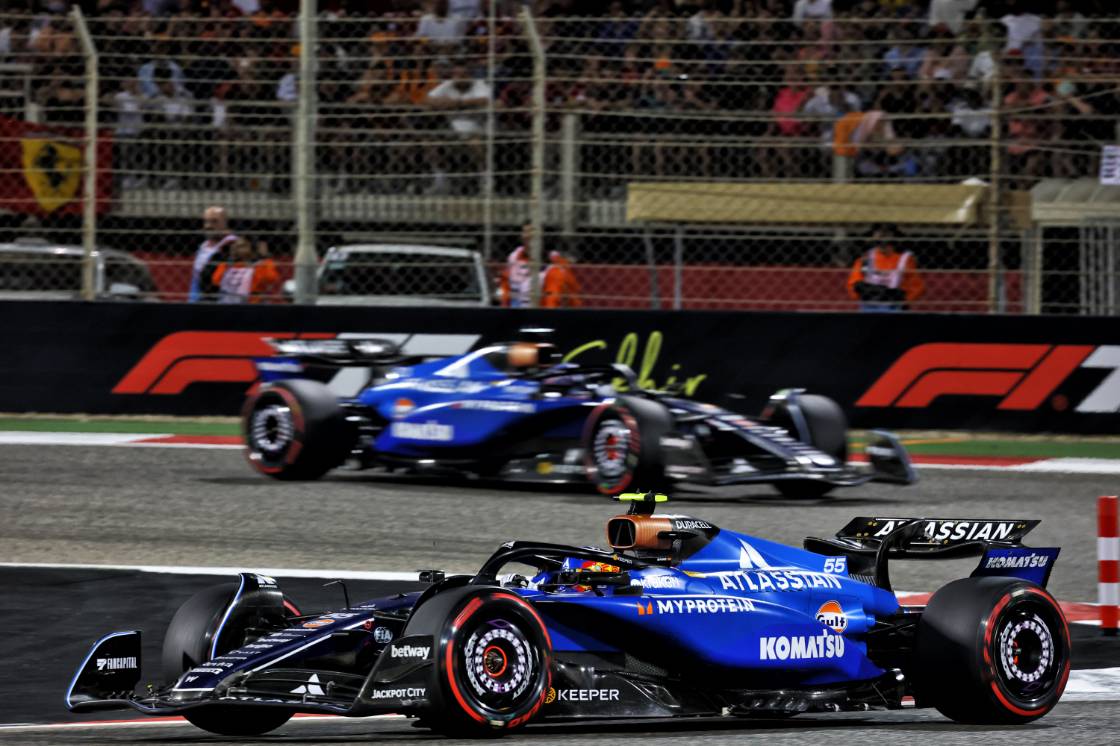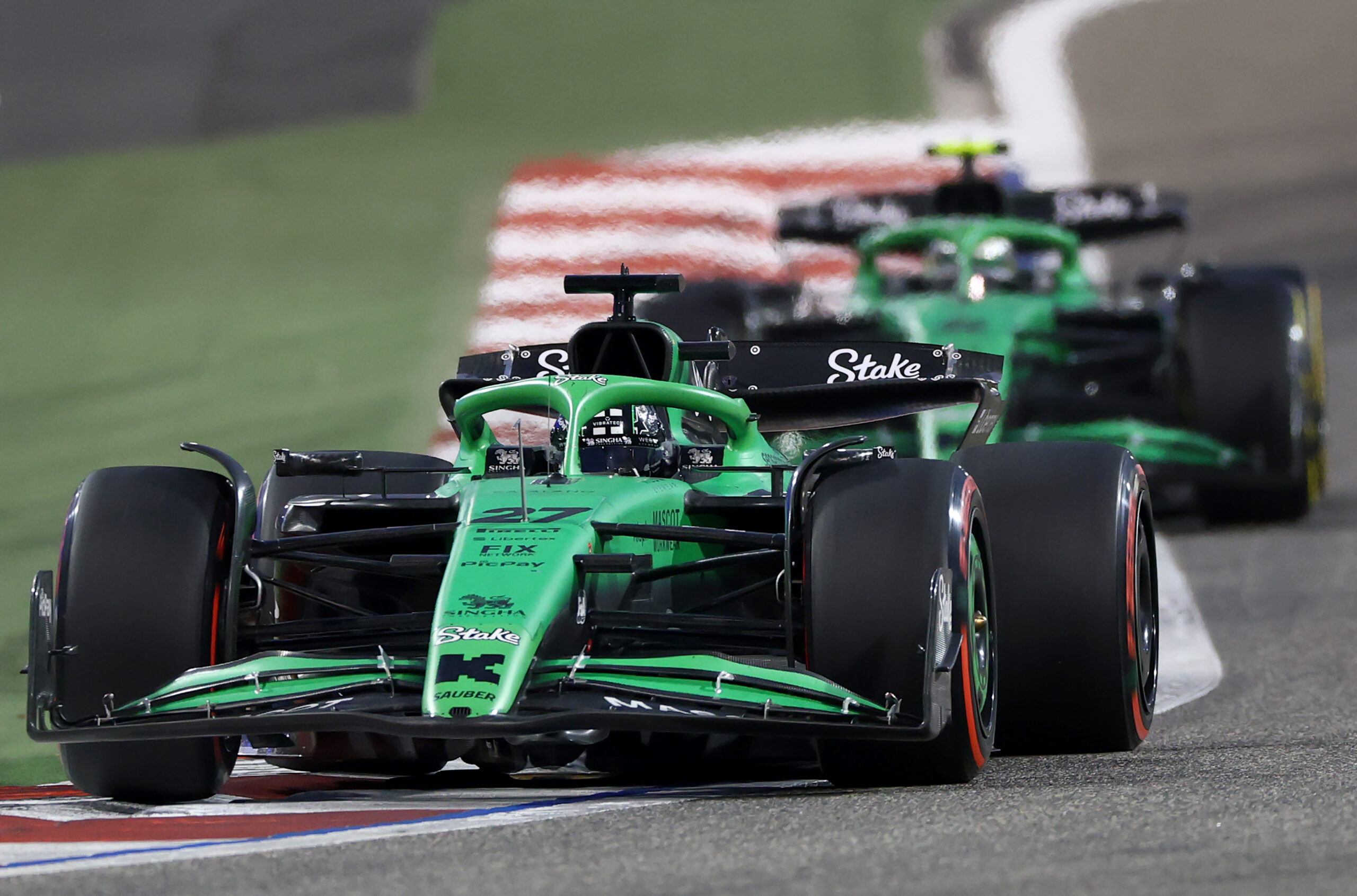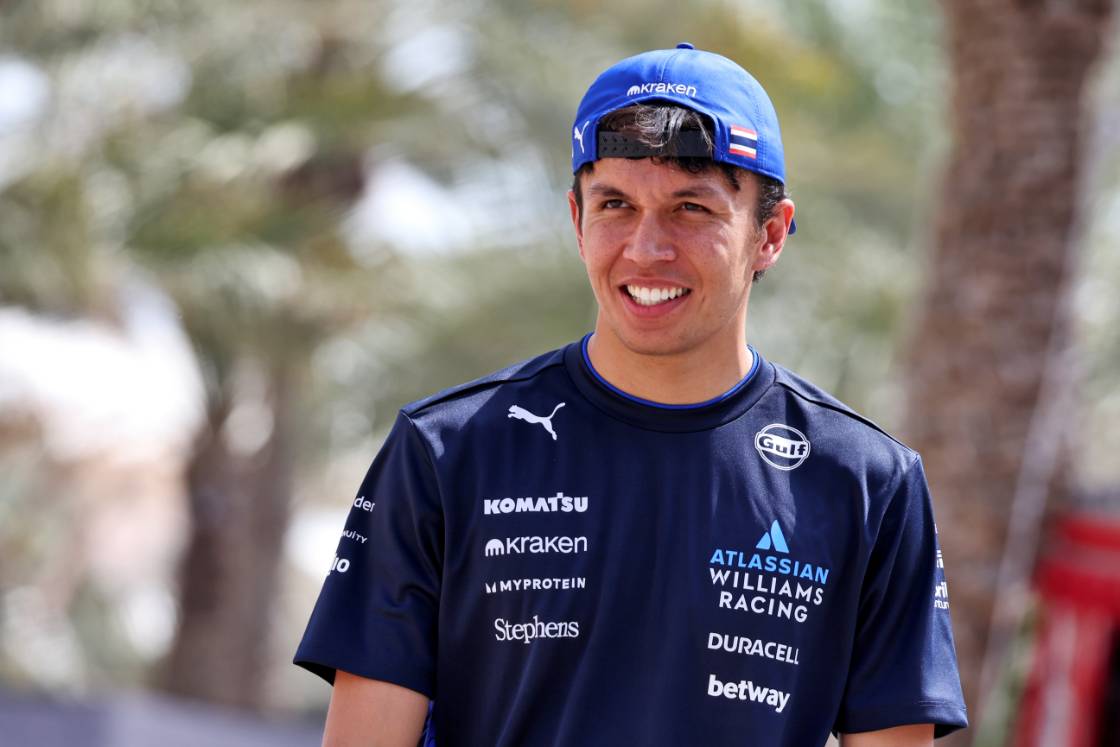The 2024 British Grand Prix weekend has been one to forget for Charles Leclerc, who finished the race in P14.
This is the third time in the last four races that Charles Leclerc has participated in a race weekend only to have no points to show for it over a Grand Prix distance. He’s scored just 12 overall, taking him out of contention in the Drivers’ Championship.
The woes of Scuderia Ferrari’s dwindling performances have been haunting the Maranello-based team ever since the Monégasque won his home race, over a month ago.
“It’s been a nightmare for 3-4 weekends now,” lamented Leclerc, in his post-race interviews after the British Grand Prix.
The struggle Ferrari have found themselves in can be traced back to the upgrade package they brought to the Spanish GP. It has led to severe bouncing in high speed, costing them performance and any kind of consistency.
When asked about how Fred Vasseur will manage this situation, he recounted the tales of 2023 Formula One season.
They did a lot of testing during free practice at Zandvoort as they looked to get on top of their woes. Although that weekend was tough in terms of pace, it helped them improve and take multiple poles over the rest of the season, with Carlos Sainz winning in Singapore.
“I think we had exactly the same situation last year, almost at the same stage of the season, Silverstone-Budapest-Spa, and we stopped it in Zandvoort to do a complete scan of the situation and we had a good recovery because the weeks after we were there.”
Vasseur explained that a lack of testing has also hindered their progress to identify and rectify the issues, to the point that they had to sacrifice their Friday practice sessions at Silverstone.
Leclerc ran with the Barcelona-spec package, Sainz drove with the Imola-spec one. Both cars reverted to the Imola one from FP3 onwards.
“When you have an issue that you don’t have testing, proper testing I would say, to fix it or at least to understand it and it’s quite difficult as a team sometimes to compromise or sacrifice Friday sessions when you know that you are losing a little bit time during the weekend.
“To say, okay, let’s forget about FP1, FP2, be focused on mid-term.
“Trust me that this decision as a team it’s very difficult because you start the weekend and it was even worse in Silverstone with the weather.
“And it means that we put ourselves in a tough situation but this we knew before, and it was even worse with the fact that the Saturday morning was with wet tyres that for sure it was not helpful but it is like it is.
“We assumed the decision before the weekend and I think it was the right call to do it.”
Vasseur was also asked about Leclerc’s alleged tendency to go over the limit with his car as a way to compensate for the lack of performance.
The Ferrari driver made a mistake on his final run of Q3 in qualifying at the Austrian Grand Prix. By Leclerc’s own admission, the on-the-limit lap, if he had been able to put it together, would have been enough for a P3 on the grid. In Silverstone, Leclerc was out in Q2, qualifying P11.
The Frenchman, however, added context to Leclerc’s Q2 exit in Silverstone. He explained that Leclerc went into qualifying with a car, a set-up and a spec that he had not driven on Friday. FP3 was wet, leaving him with no dry running heading into qualifying that eventually turned out to be dry.
“We have to avoid to try to draw a generic conclusion on what’s happened. We have to we need to have a deep look on everything.
“I think the car the last two races was, at least, not easy to drive. It was asking a lot to drivers, and mainly to Charles.
“He had the new package on Friday, he has to jump into the car, we didn’t do the FP3 with the wet [conditions], and he had to go in quali with a car that he didn’t drive before.”
Vasseur went into further detail about Leclerc’s lap, explaining how he was slightly up on George Russell in Q2 until an error at Chapel.
The French team principal believes it’s human nature to try even harder when things are going wrong, even if it normally does not work out.
“He was in a very good shape until turn 13, and that we spoke together about this yesterday, but he was a faster than Russell until turn 13.
“I think he were really at the limit of the car, and the car was not easy to drive in this condition, that we are doing more mistakes perhaps than when it’s under control.
“It’s true that as soon as you have a kind of bad momentum or that you have the feeling that you have to compensate.
“This is a mistake from the team, from the drivers, from everybody, because you can’t compensate.
“Basically you have to be at the limit. It means that if something is going a bit less good that you can’t do more than what you were doing before.”

